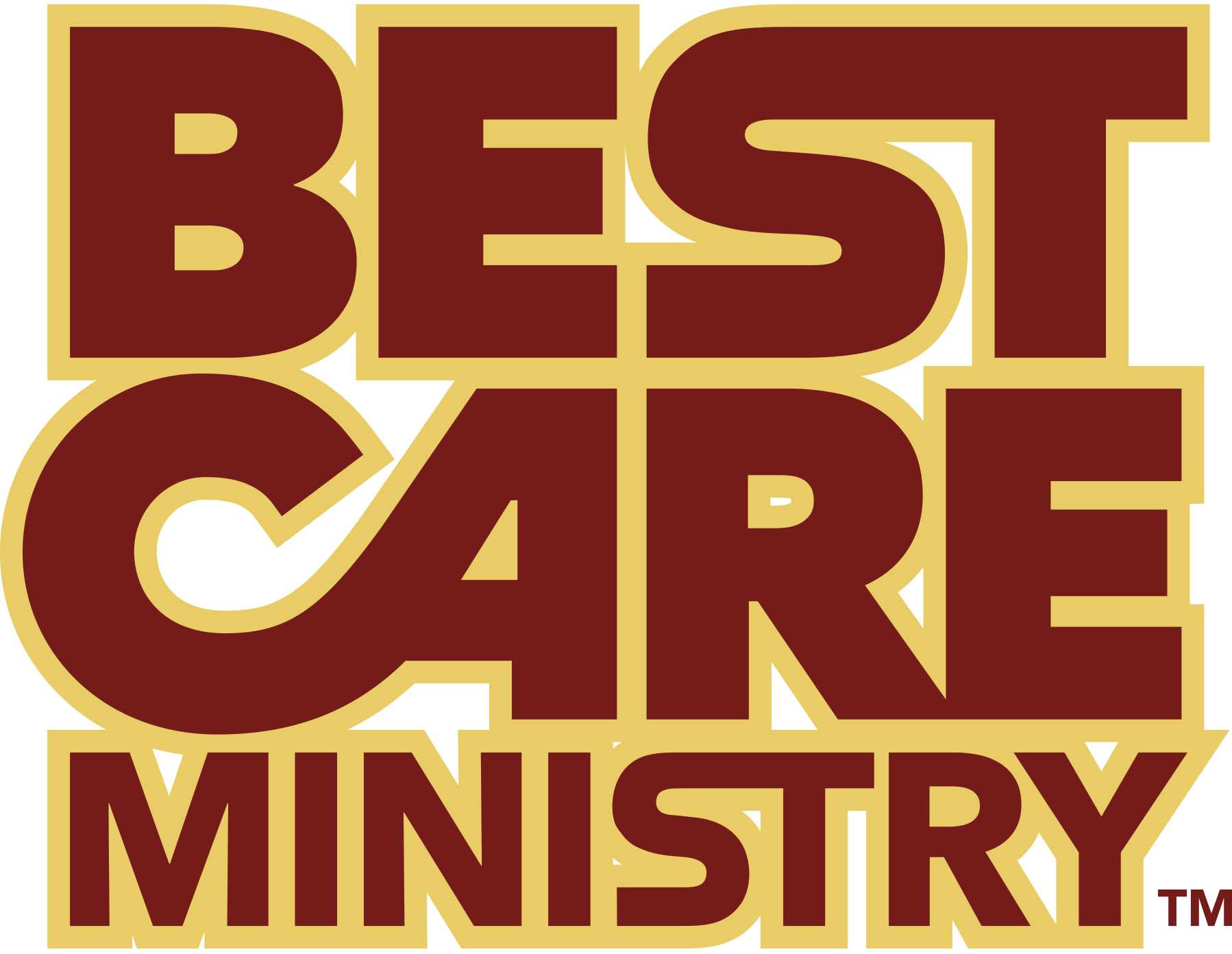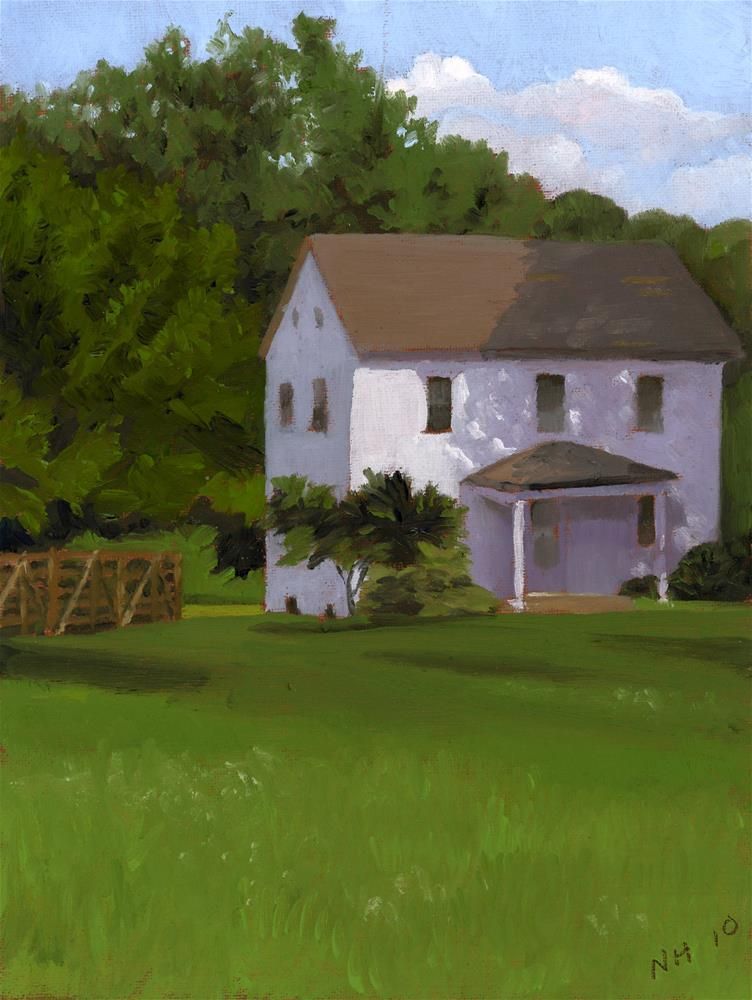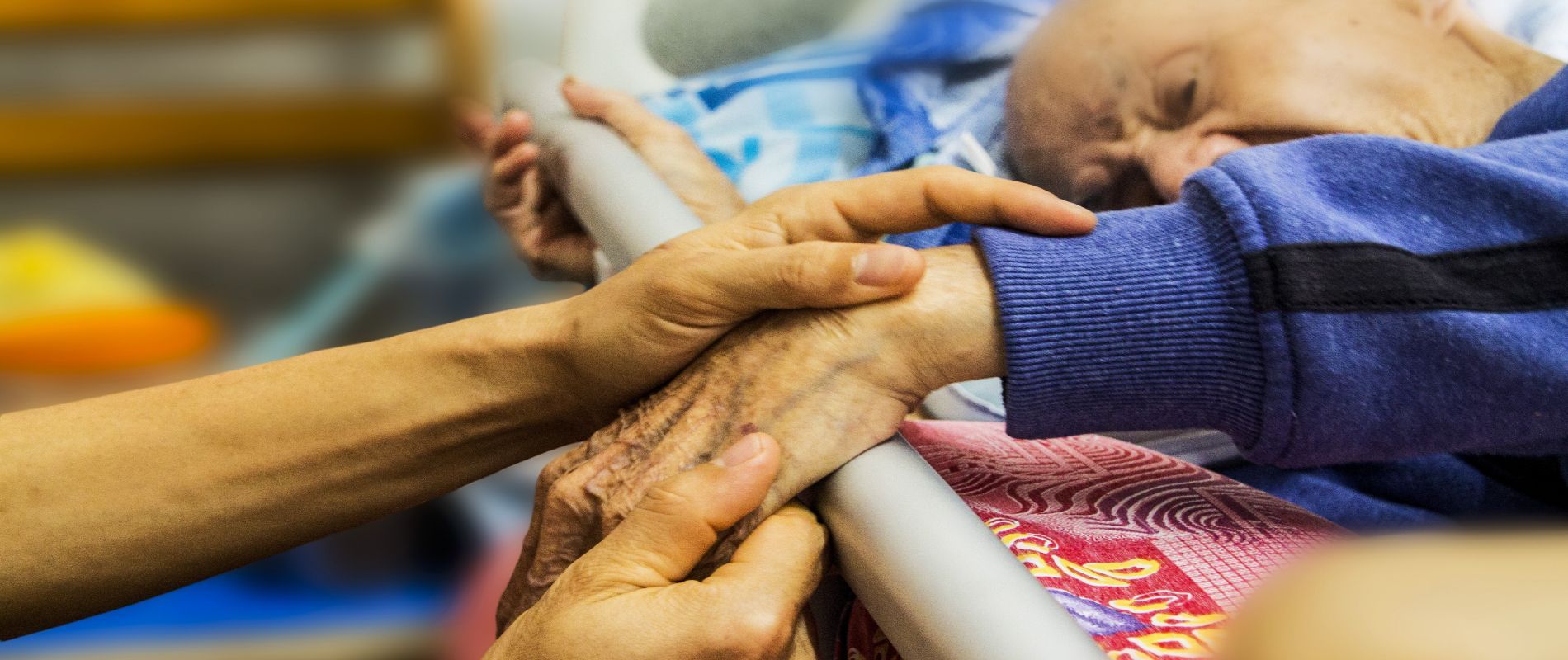Making the last moments memorable with their loved one is a crucial part of care.

After many meetings with doctors, including the vague response by their oncologist,
Cyndi could tell that it was time to make decisions that recognized the probability of Paul's passing.
Since their situation was changing almost hourly I visited the hospital nearly every day. This visit in particular, Cyndi and I took the opportunity to leave Paul's hospital room. We found two seats in the corner of Sky Ridge's beautiful 6th floor lobby where we could be away from family and where Cyndi could bare her soul without Paul overhearing.
It wasn't that there were any secrets or suspicious motives, but it is awkward talking about someone's imminent death in front of them.
- Cyndi needed a place to be uncertain, vulnerable, and sad without causing Paul any additional burdens of caring for her.
- She needed to ask questions about all of the types of care available to them.
- As much as he was able, Paul would be part of the decision to go to hospice after Cyndi had the opportunity to sort out all of their options and learn exactly what hospice was.
To best minister to Paul and Cyndi, I needed to follow these basic steps:
1. Remember that they come
FIRST.
It is their desire and agenda that matters. I am there to minister to them, not to help them do what I understand is best for them. If I keep them first, they will feel it and will trust me so that when they are ready they will ask for my advice.
2. Be present.
End of life care requires much time, many bedside visits and continuity of care. The medical community usually understands the disease process and can make some amazingly accurate predictions of the transitions the patient will be facing as they approach their death. But, each of these changes are a shock to the patient and the family. Frequent visits provide the opportunity to let the family unpack their new information with you.
"What's new today?", is a question you can ask. If they don't want to tell you, keep the visit brief. If they need to share their burden, they will invite you into that sacred time with them.
3. Have resources at your finger tips.
Many hospices have apps. All of them have phone numbers with extentions or direct access to admissions. Be ready with those numbers from hospices near you.
You can call and ask questions on the appropriateness of hospice, care for the patient, whether home or inpatient hospice would be appropriate and the next steps in the admission process.
Relief is the common expression when the family moves to hospice both for the patient and the family. The new team that surrounds them are expert in the physical/emotional needs that come with end of life care so the family can adjust to this
"new normal"
and make the most of every precious day with their loved one. The patient gets the opportunity to feel in control, even within the context off their own death, bringing dignity, peace of mind as they enter a new setting where they can focus on loved ones and, perhaps, mend fences, establish their legacy and complete spiritual work.
Making the last moments memorable with their loved one is a crucial part of care.
- Putting them first,
- Being present as you listen to the "brain-dump" of emotion that can flood the mind,
- Relaying the right resources that can help them navigate the "new normal".
It truly is a sacred space, and to be invited into it, is a special honor for a care minister.
How you care matters! I hope this post will help you care better than ever before, especially in an end-of-life situation.











